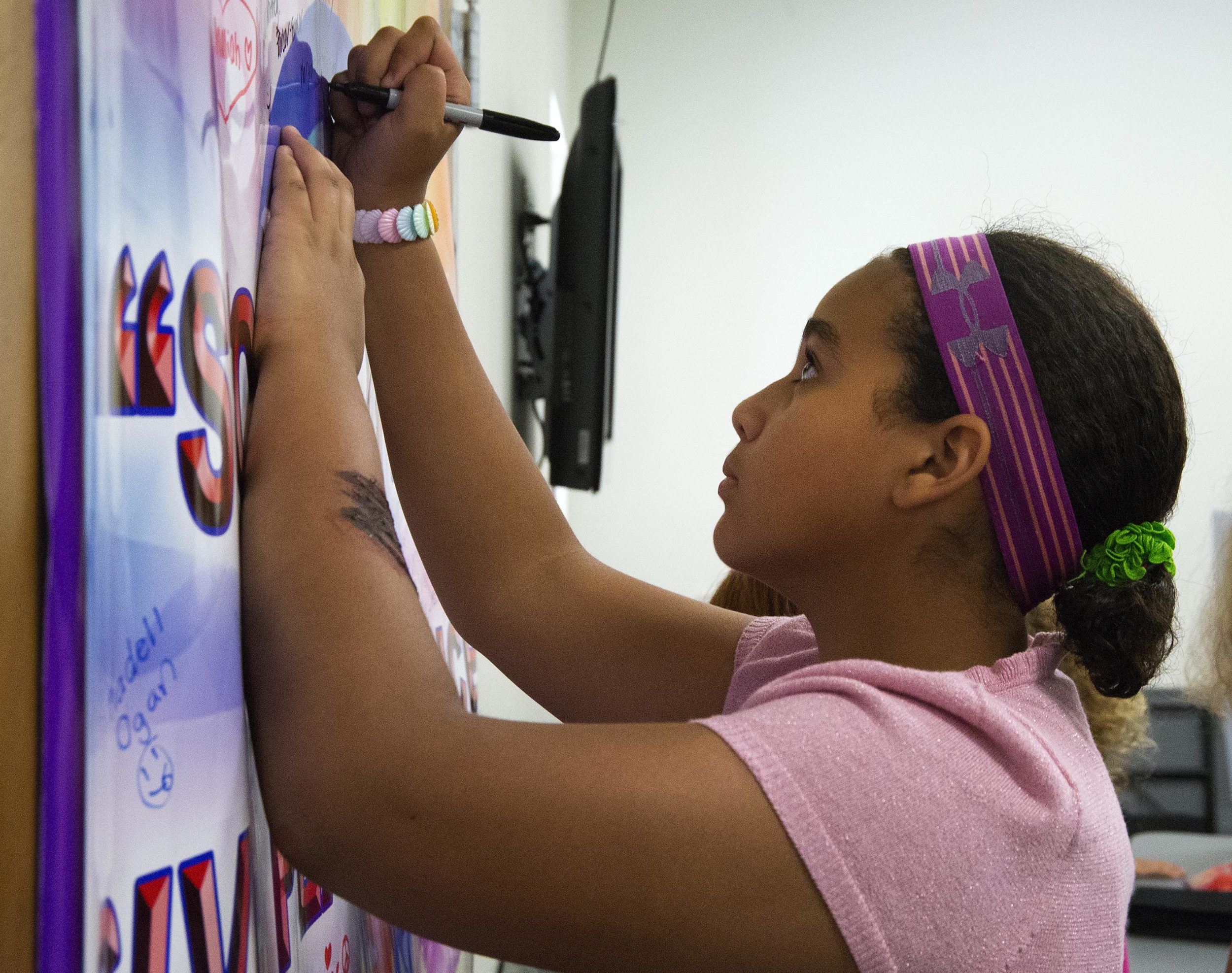There’s a global phenomenon in education that’s especially obvious in Middle Eastern countries—girls are outperforming boys in school and pursuing educational opportunities their male classmates are not.
Amanda Ripley recently traveled to Jordan to investigate the problem through a reporting fellowship program, and she found the issue among boys boils down to a lack of motivation and disconnect with school, rather than intellect. Incorporating character formation in schools can address students’ motivation challenges by helping them keep the purpose of their education in mind.
Ripley, author of The Smartest Kids in the World—and How They Got That Way and senior fellow at the Emerson Collective, published an in-depth report about her trip, research, and interviews with students in The Atlantic last month.
Ripley explained that she wanted to understand why girls in the Middle East do better in school, despite far fewer, lower-paying employment opportunities than those available to men. But she also noted that the trend isn’t an isolated problem.
“It’s part of a pattern that is creeping across the globe: Wherever girls have access to school, they seem to eventually do better than boys,” Ripley wrote. “In 2015, teenage girls outperformed boys on a sophisticated reading test in 69 countries—every place in which the test was administered.”
In the U.S., “girls are more likely to take Advanced Placement tests, to graduate from high school, and to go to college, and women continue their education over a year longer than men,” she wrote.
Natasha Ridge, executive director of the Sheikh Saud bin Saqr Al Qasimi Foundation for Policy Research in the United Arab Emirates, told Ripley she thinks boys, particularly low-income boys, are disengaging from school.
“If you give girls a quality education, they will mostly run with it and do amazing things,” said Ridge, who studies gender education issues.
“These boys struggle to find a connection between school and life,” she said, “and school is increasingly seen as a waste of time.”
Ripley visited several schools in Jordan, where students are segregated by gender and taught by educators of their same sex. Some students and parents claimed girls have less freedom in Middle Eastern society, so they stay home and study more, while boys play a lot of video games and roam the streets.
Others claimed boys and girls are equally dedicated to school, but boys’ schools are much less inspiring, violent places, in part because most men don’t want to be teachers and schools struggle to find quality educators.
Still others claimed men in Middle Eastern societies have a much easier time gaining employment, and therefore do not need to study as hard in school as girls to land a good job.
Ripley found credence to several of the claims, and she compared what she learned in Jordan to educational achievement in the United States, both in coeducational and single-gender settings. She also spoke with psychologists and other experts.
What she realized is lot of factors play into the issue in both the Middle East and the U.S., but it seems to boil down to one word: motivation.
Ripley writes:
Motivation is the dark matter of education. It’s everywhere but impossible to see. Motivation helps explain why some countries get impressive education results despite child poverty and lackluster teaching, while others get mediocre results despite universal health care and free iPads. When kids believe in school, as any teacher will tell you, everything gets easier. So it’s crucial to understand the motivation to learn and how it works in the lives of real boys and girls. Because the slow slipping away of boys’ interest in education represents a profound failure of schools and society. And the implications are universally terrible. All over the world, poorly educated men are more likely to be unemployed, to have physical- and mental-health problems, to commit acts of violence against their families, and to go to prison. They are less likely to marry but quite likely to father children.
And that’s exactly what seems to be happening in many Middle Eastern public schools. Elements have conspired to create an education system that isn’t working well for anyone—but especially not for boys. And it all comes back to that ethereal dark matter: “The issue is not about intellect; it’s about motivation,” Oman’s education undersecretary Hamood Khalfan Al-Harthi says, echoing the kids I spoke to who dismissed notions of girls as naturally more studious. The problem is, motivation is shaped by parents, teachers, and the culture at large. As Osman’s study noted, Omani boys do not feel like their teachers care about them, and boys are much more likely to report corporal punishment occurring at school. That’s not a motivational setting.
In the American context, one common solution to address cratering motivation is to increase “engagement,” often through career and technical education, vocational education, and now, personalized learning.
“There are so many moments in vocational education,” wrote Mike Rose in The Hedgehog Review, “when values, ethical questions, and connections of self to tradition and community emerge naturally, ripe for thoughtful consideration.”
Research-based resources from the Jubilee Center help educators work with students to learn about the importance of character in certain professions and of understanding what a flourishing life is, which helps both boys and girls to keep the big-picture goals of their daily actions in mind, and gives them something to learn for and to live for.










